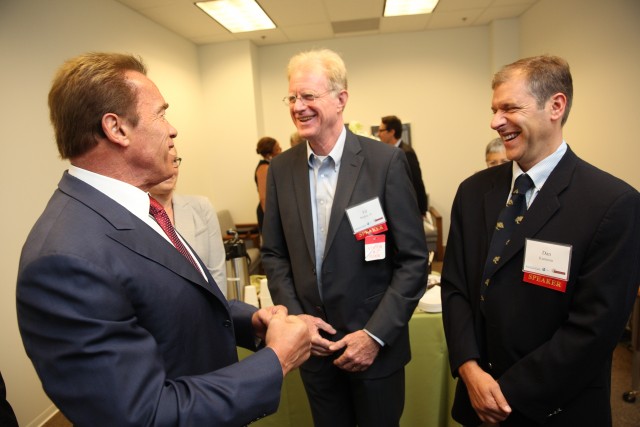An analytical job creation model for the US power sector from 2009 to 2030 is presented. The model
synthesizes data from 15 job studies covering renewable energy(RE), energy efficiency (EE), carbon
capture and storage (CCS) and nuclear power. The paper employs a consistent methodology of
normalizing job data to average employment per unit energy produced over plant lifetime. Job losses in
the coal and natural gas industry are modeled to project net employment impacts. Benefits and
drawbacks of the methodology are assessed and the resulting model is used for job projections under
various renewable portfolio standards (RPS), EE,and low carbon energy scenarios. We find that all non-fossil fuel technologies (renewable energy, EE, low carbon) create more jobs per unit energy than coal
and natural gas. Aggressive EE measures combined with a 30% RPS target in 2030 can generate over 4
million full-time-equivalent job-yearsby 2030 while increasing nuclear power to 25% and CCS to 10% of
over all generation in 2030 can yield an additional 500,000 job-years.
PublicationJournal Article Putting renewables and energy efficiency to work: How many jobs can the clean energy industry generate in the US?
Published:
April 4, 2010
Author(s):
Publication Type:
Journal Article
Associated Projects:
Abstract:
